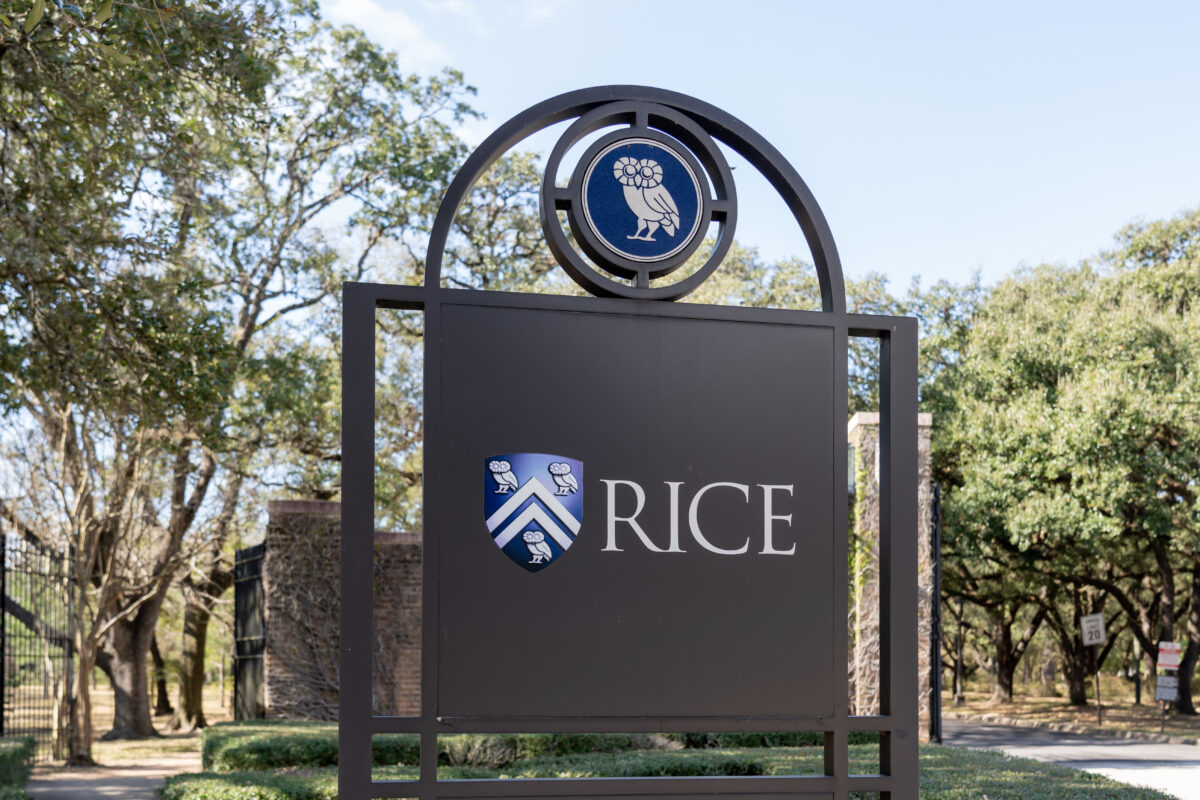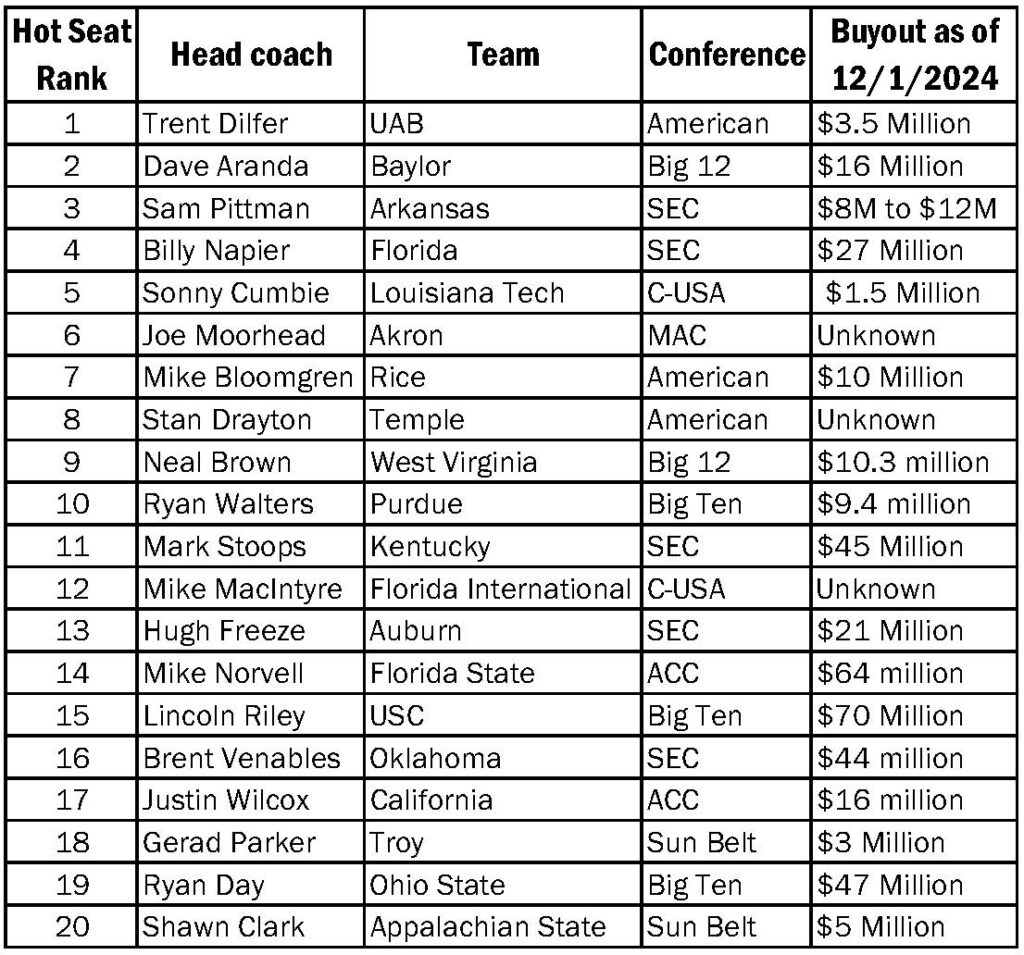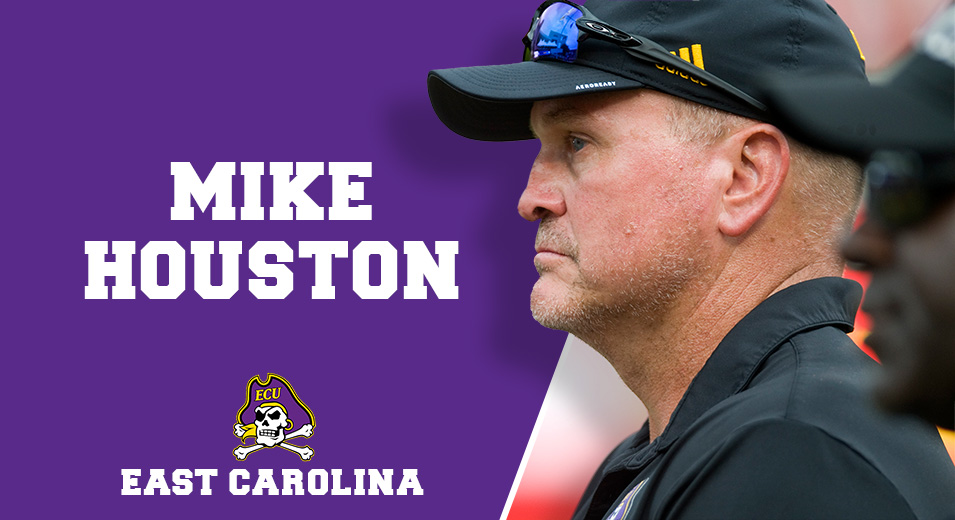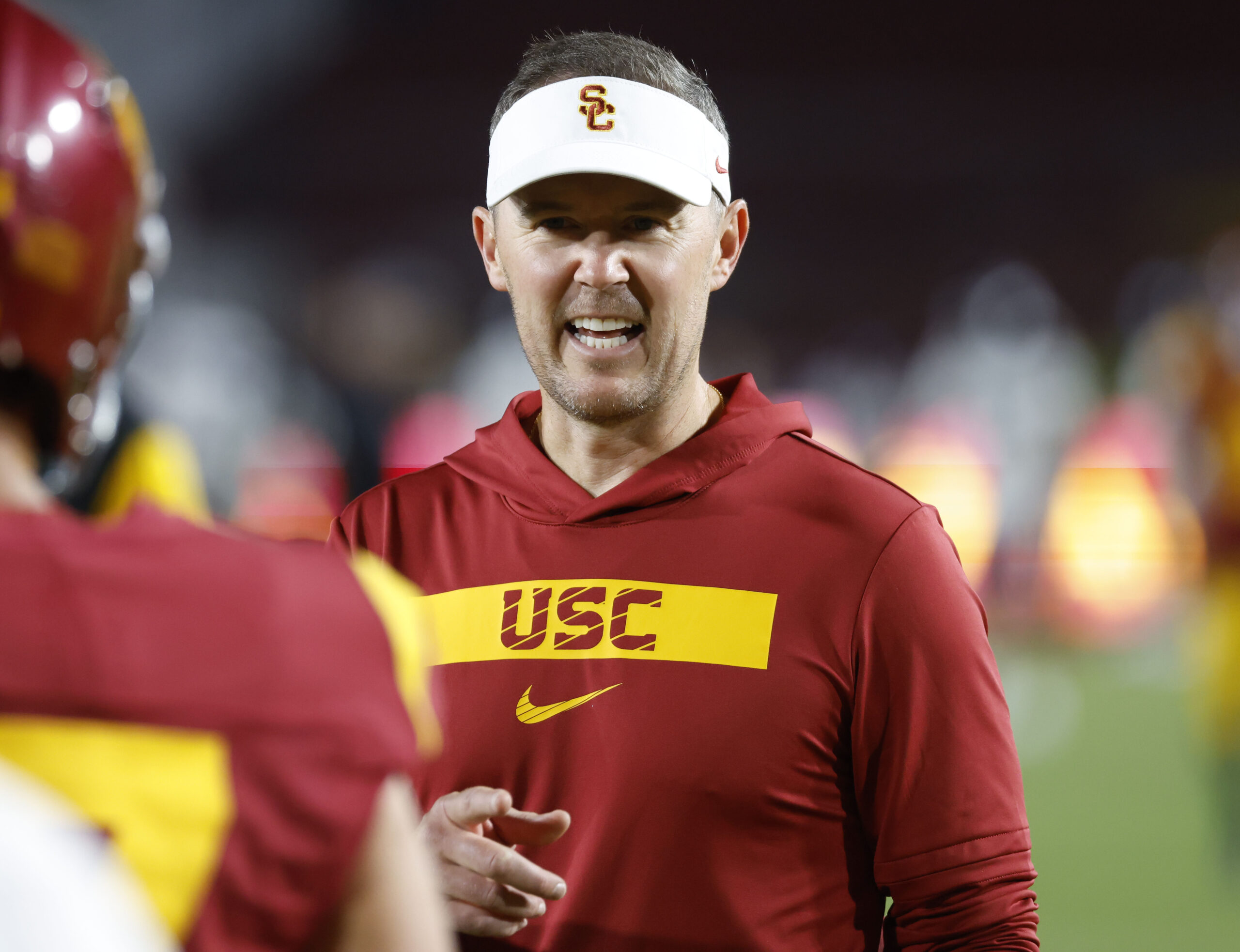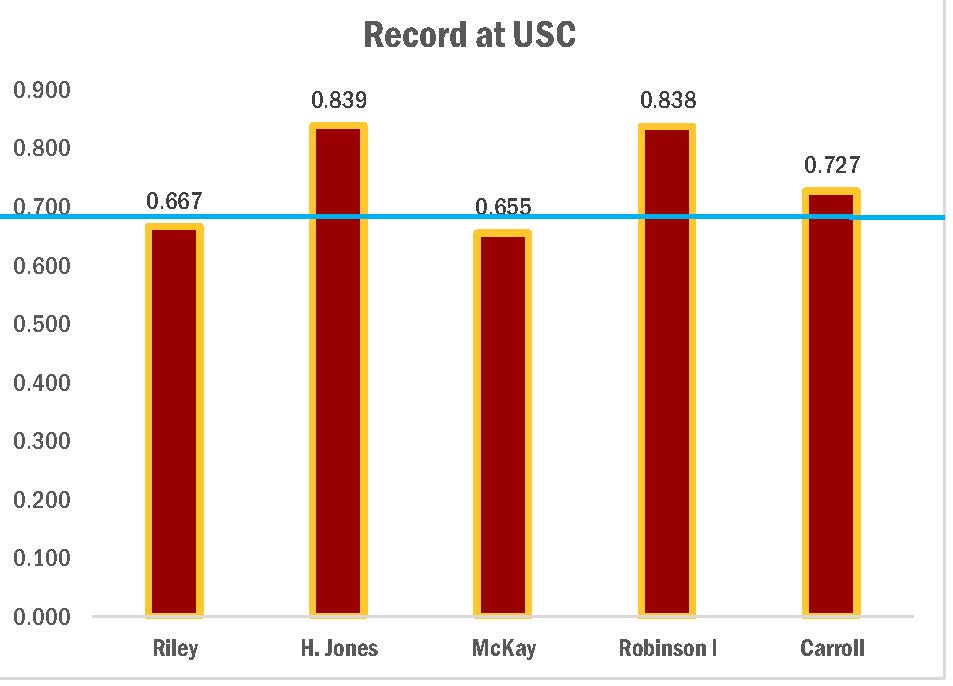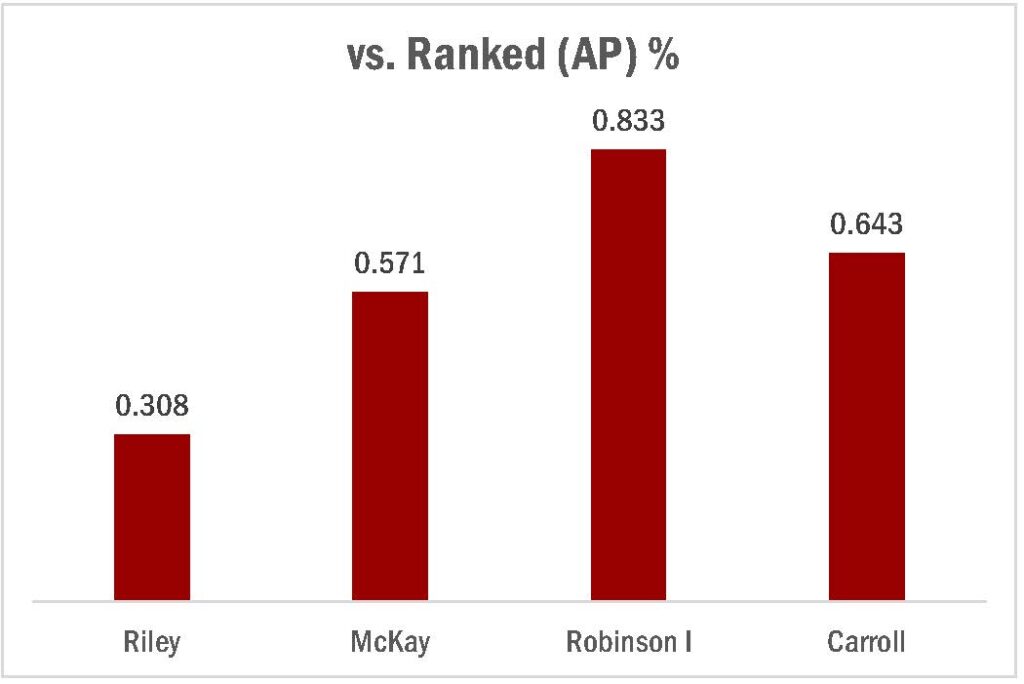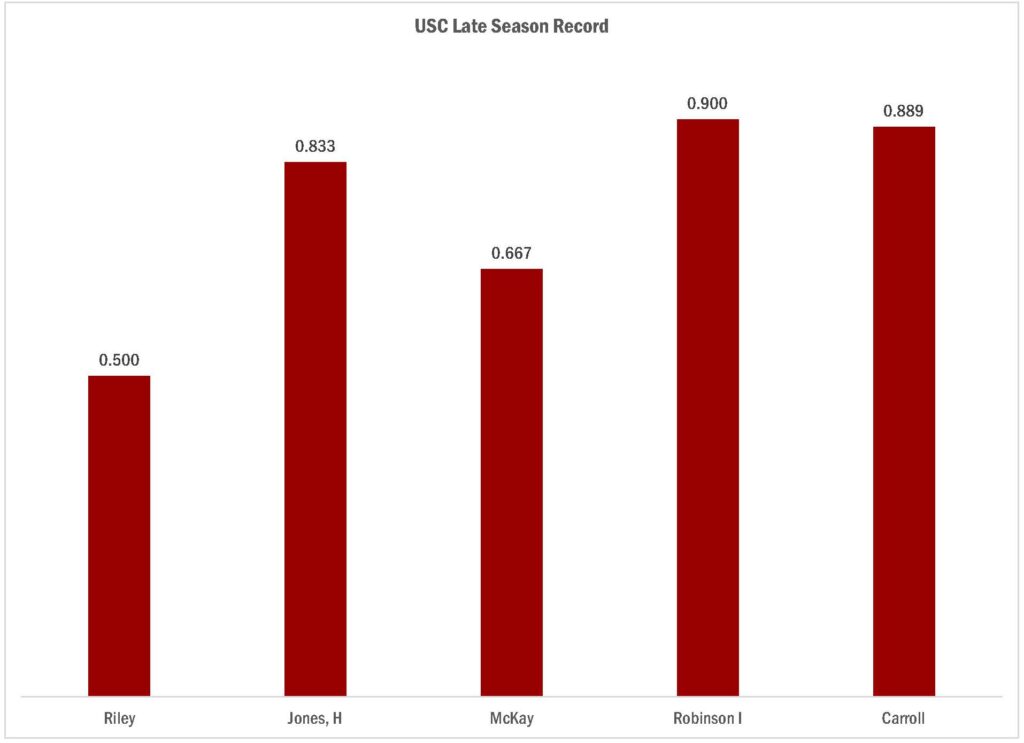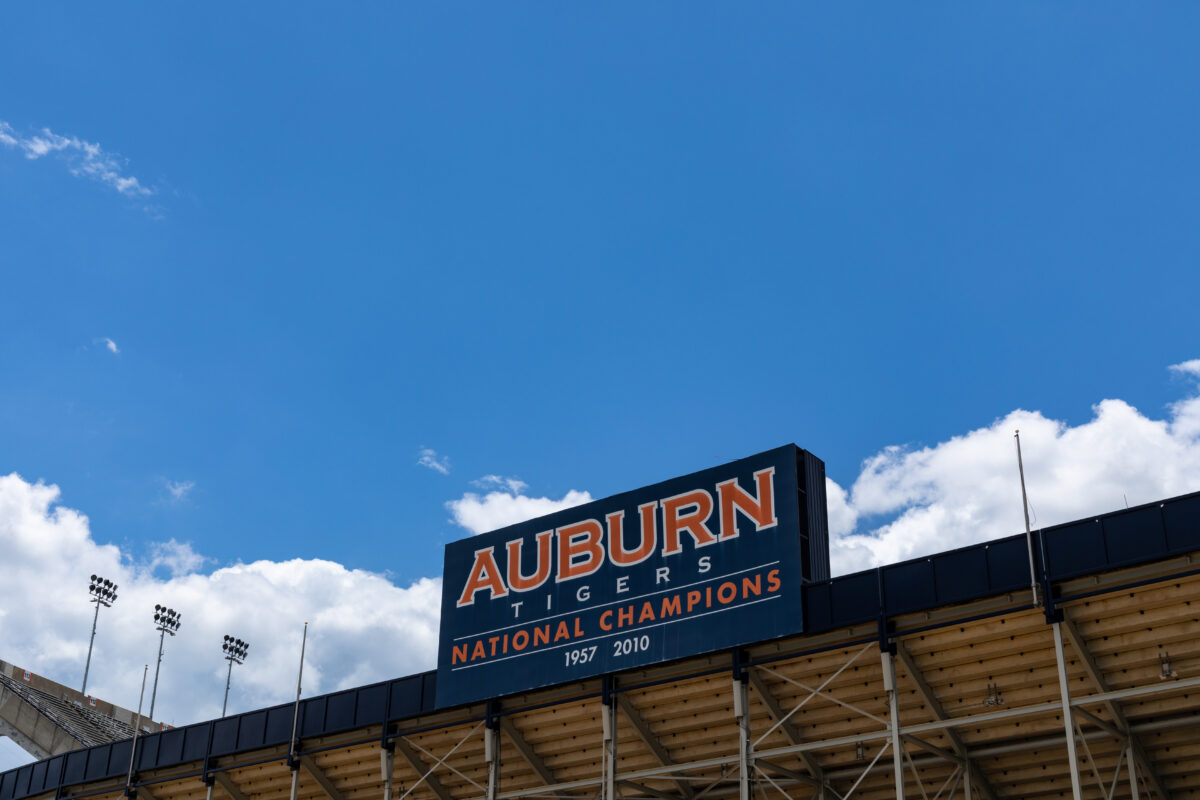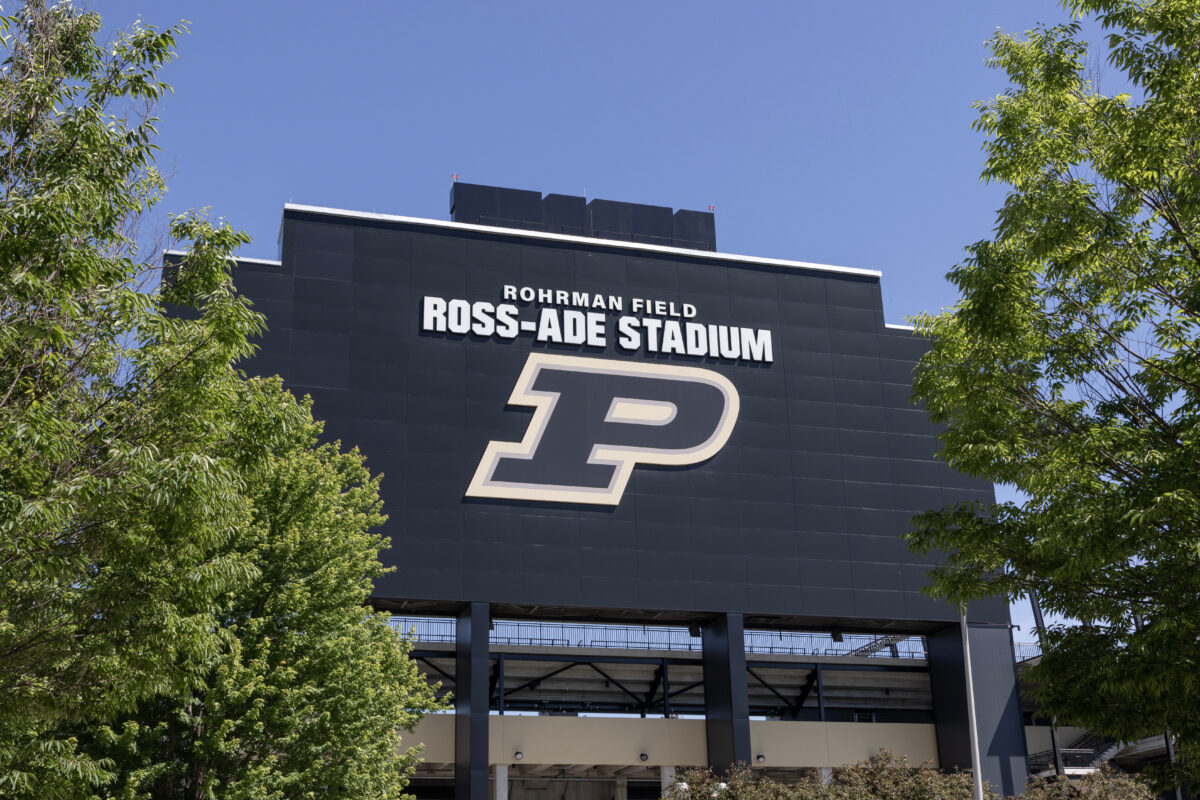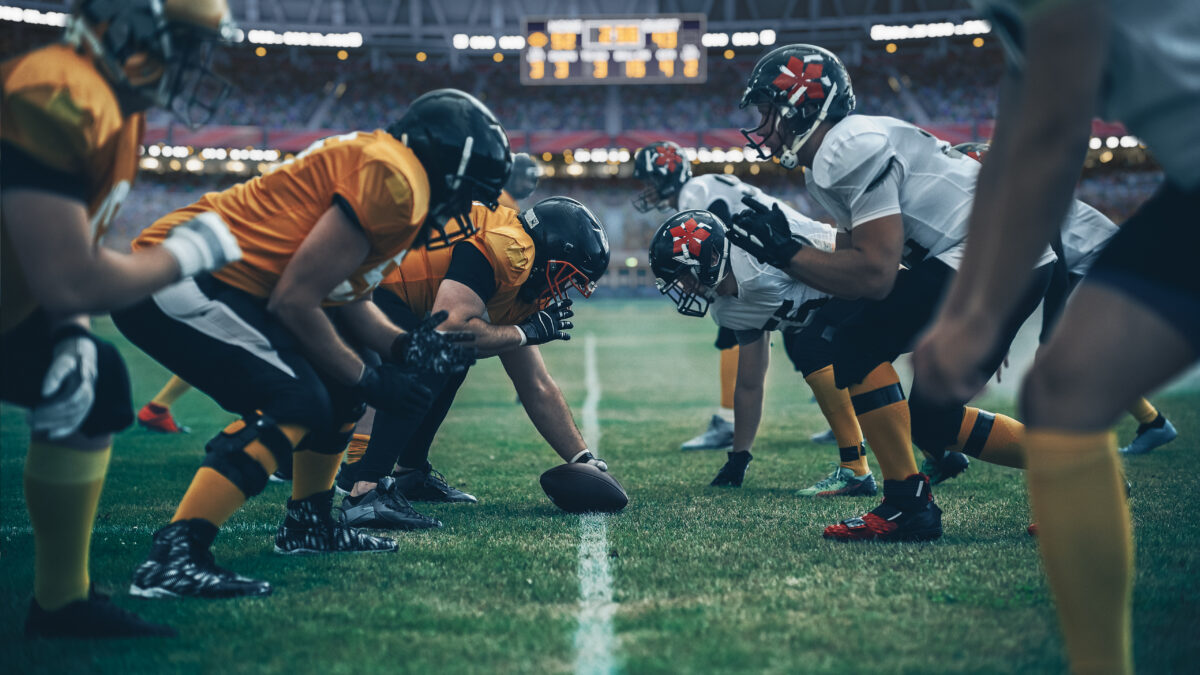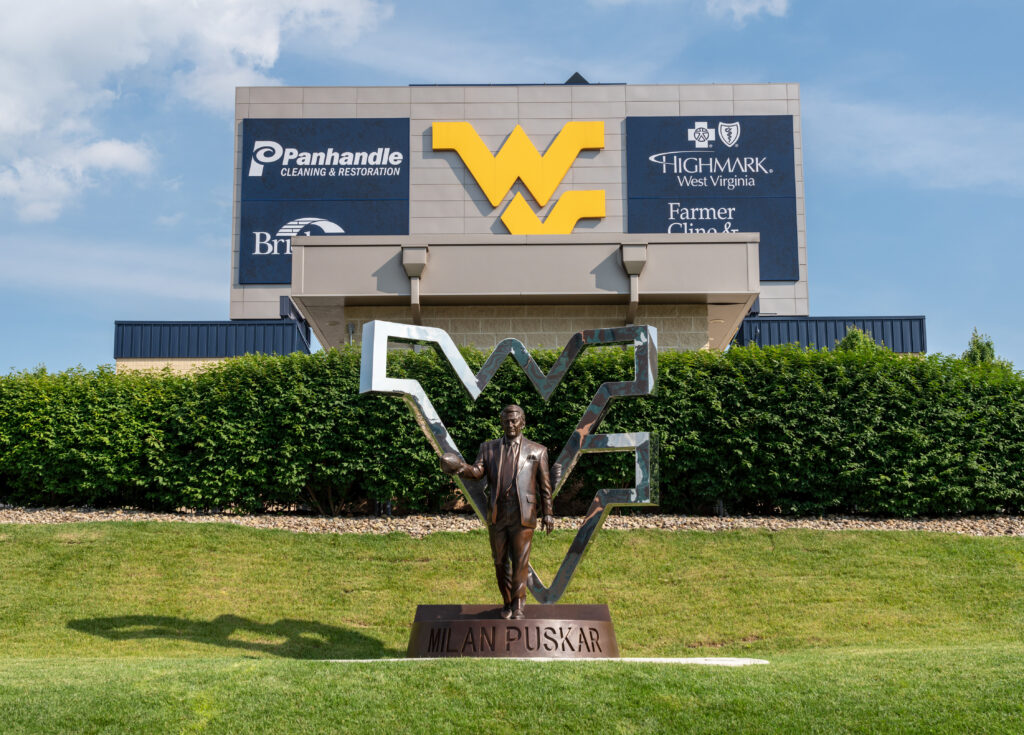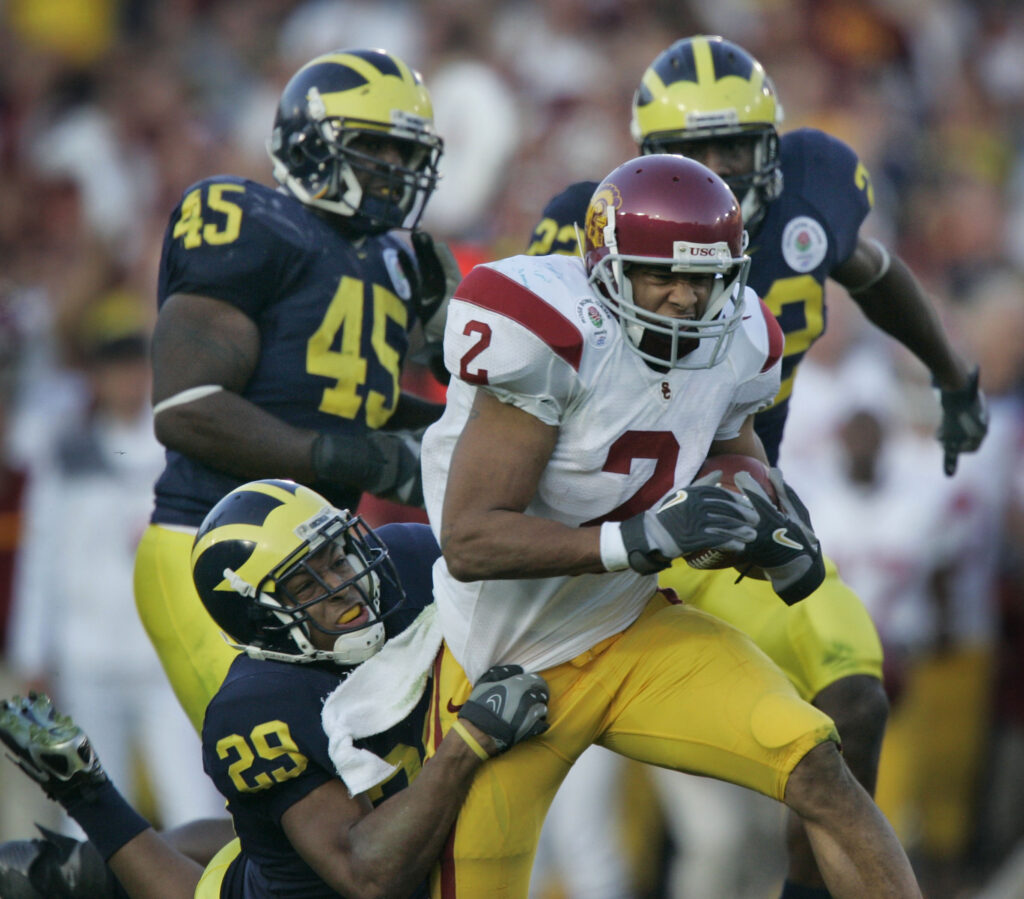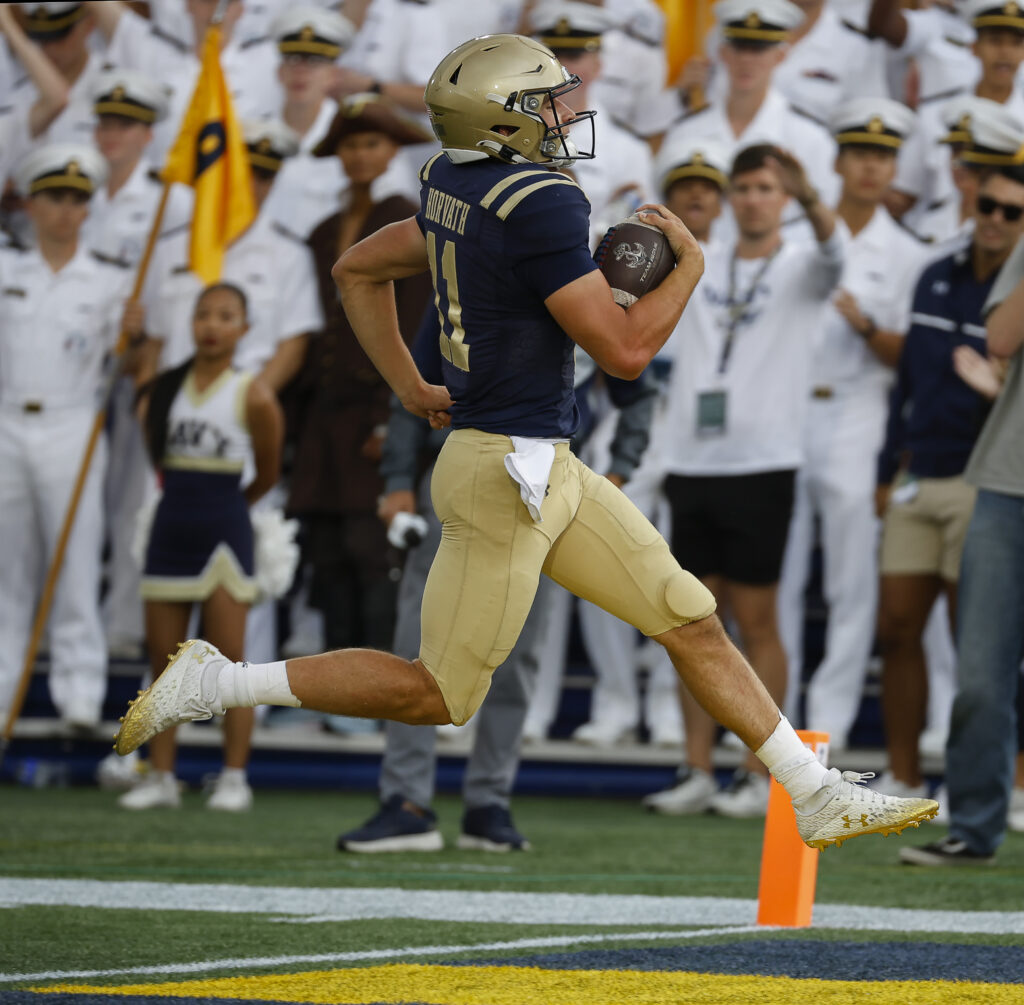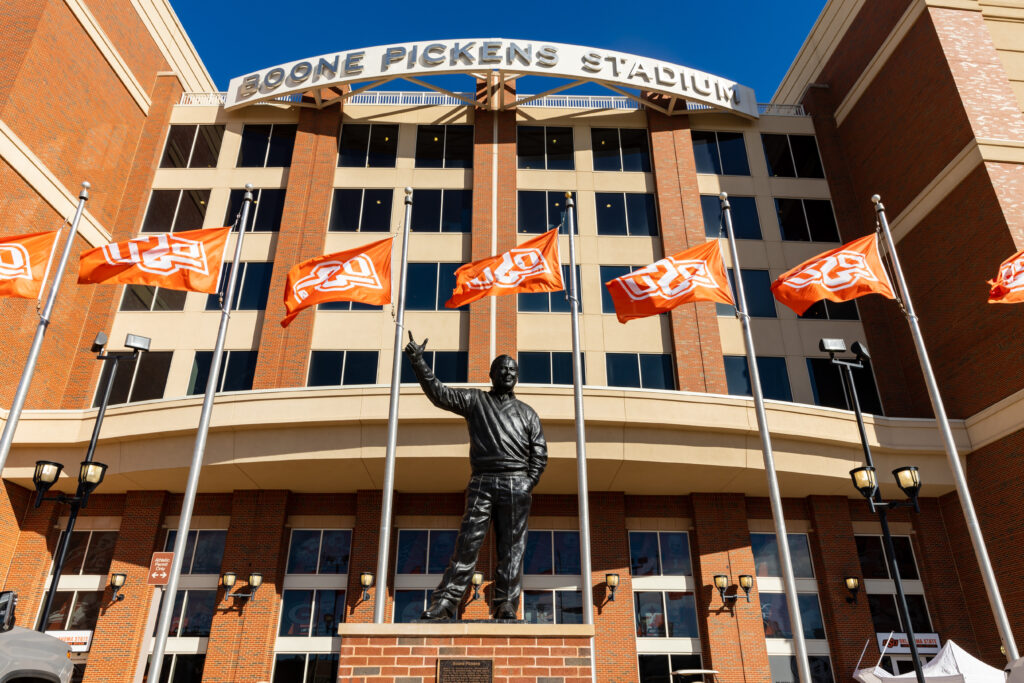Kansas @ West Virginia: The Big 12’s Wounded Warriors
Game Time: Noon Eastern, 9:00 AM Pacific
Television: ESPN 2
Announcers: Brian Custer, Rod Gilmore
Two teams, not just 1-2, but 1-2 with asterisks. Kansas and West Virginia aren’t just limping into conference play; they’re stalking, licking wounds that are still raw, still stinging.
The Jayhawks? They’ve tasted defeat by the slimmest of margins. Two games, six points. That’s not a losing streak; that’s a tightrope walk gone wrong. Twice. Against Illinois and UNLV, Kansas didn’t just lose; they glimpsed victory and felt its warmth, only to have it snatched away at the last second.
And West Virginia? They’ve been through the gauntlet. A season opener against Penn State that felt like climbing Everest in flip-flops. Then, a gut-wrenching loss to Pitt, their rival, in a game that wasn’t just about football but about state pride.
These aren’t just 1-2 teams. These are 1-2 teams with chips on their shoulders the size of Mount Rushmore.
In the Big 12, where chaos reigns supreme, these wounded warriors aren’t seeking sympathy. They’re looking for blood. Their recent history isn’t a burden; it’s rocket fuel.
Think about it. In a conference where today’s underdog is tomorrow’s champion, who’s more dangerous than a team with something to prove? Kansas and West Virginia aren’t just playing for a win. They’re playing for redemption, validation, and the right to say, “Those first three games? That wasn’t us. THIS is us.”
This isn’t just a game. It’s a resurrection in cleats. Two battered but unbroken teams have a chance to rewrite their season’s narrative in bold, unmistakable strokes.
Who’s going to seize this moment? The team that doesn’t just play with desperation but with a cold, calculated hunger that turns near-misses into bull’s-eyes.
Afternoon Games
No. 11 USC @ No. 18 Michigan: When Titans Collide
Game Time: 3:30 PM Eastern, 12:30 PM Pacific
Television: CBS
Announcers: Brad Nessler, Gary Danielson
Two college football behemoths, their histories intertwined like ancient oaks, suddenly uprooted and replanted in the same forest. USC and Michigan. The very names evoke images of packed Rose Bowls, crisp January air filled with the clash of cardinal and maize.
But this isn’t January. This is September, and the landscape has shifted seismically.
Conference realignment. Two words that sound bureaucratic but hit like a linebacker. Suddenly, these West Coast-Midwest battles aren’t just for roses anymore. They’re for survival in the new Big Ten jungle.
Let’s break it down:
USC and Michigan have danced this dance before, but always with an air of novelty. Six-four in the Trojans’ favor, their meetings as rare and anticipated as solar eclipses. Now? They’re conference rivals. The novelty’s gone, replaced by naked necessity.
Michigan, the defending national champions, is stumbling like a punch-drunk boxer. The exodus of talent and coaches has left them vulnerable and exposed. That Texas game? It wasn’t just a loss. It was a public undressing, a harsh reminder that yesterday’s glory doesn’t guarantee today’s victory.
USC? They’re the new kid on the block with a chip on their shoulder the size of the Hollywood sign. That Week 1 takedown of LSU wasn’t just a win but a statement. “We’re not here to participate,” they screamed without words. “We’re here to dominate.”
Now, these two programs collide in Ann Arbor. It’s not just a game. It’s a clash of cultures, histories, and expectations. Michigan is fighting to prove it’s not yesterday’s news, and USC is eager to show it’s tomorrow’s headlines.
This isn’t just about football. It’s about adaptation. It’s about two storied programs that realize that history is just a prologue in this new world. The real story? It’s being written right now, with every snap, every tackle, every touchdown.
Who emerges victorious? The team that doesn’t just play the game but rewrites the rules of engagement. The team that looks at this brave new world of college football and doesn’t just adapt but thrives.
This isn’t just a game. It’s a glimpse into the future of college football.
Memphis vs. Navy: The AAC’s Unlikely Showdown
Game Time: 3:30 PM Eastern, 12:30 PM Pacific
Network: CBSSN
Announcers: Carter Blackburn, Randy Cross
Two undefeated teams, each with a story that reads like a Hollywood script, colliding in a conference battle that could redefine the AAC landscape. This clash of narratives is so compelling that you’d think it was fiction if you weren’t watching it unfold in real-time.
Memphis. The Tigers. Last week, they waltzed into Tallahassee and did the unthinkable. They didn’t just beat Florida State; they shattered the Seminoles’ world. It wasn’t an upset; it was a heist. They stole more than a win; they stole the nation’s attention.
And Navy? They’re not just winning; they’re annihilating. 43.5 points per game. That’s not an offense; that’s a natural disaster. The Midshipmen aren’t just beating teams; they’re leaving scorch marks on the scoreboard.
But here’s where it gets interesting:
Memphis isn’t just winning; it’s pickpocketing. It is tenth in the nation in turnovers gained. They don’t just defend; they hunt. Every snap is an opportunity, every loose ball a treasure.
For Navy, the equation is simple but brutal: Protect the ball, or watch your undefeated dream sink faster than a submarine with screen doors.
This isn’t just a game of football. It’s a game of keep-away, played at the highest stakes. Navy’s offense, a force of nature, against Memphis’s defense, a pack of hungry wolves. Something’s got to give.
Who comes out on top? The team that doesn’t just play their game but dictates the terms of engagement. Navy needs to hold onto the ball like it’s the last lifeboat on a sinking ship. Memphis? They must turn the field into a minefield, where every step Navy takes could be their last.
This is more than an AAC battle. It’s a collision of momentum, a test of wills. Memphis is riding the high of a historic upset, and Navy is surfing a tidal wave of offensive dominance.
This game isn’t just a contest in the AAC, where chaos is the only constant. It’s a potential turning point in the conference narrative.
No. 12 Utah @ No. 14 Oklahoma State: The Big 12’s Geriatric Showdown
Game Time: 4:00 PM Eastern, 1:00 PM Pacific
Network: Fox
Announcers: Jason Benetti, Brock Huard
Two quarterbacks are so seasoned they could teach college courses instead of taking snaps. Cam Rising and Alan Bowman have a combined 49 years of life experience and 14 years of college eligibility. This isn’t just a football game; it’s a clash of football’s Benjamin Buttons.
In this game – age isn’t just a number—it’s a weapon.
Utah and Oklahoma State. Two teams, both 3-0, both eyeing the Big 12 crown like it’s the last slice of pizza at a frat party. But this isn’t just about undefeated records or conference standings. This is about two quarterbacks who’ve seen more college football than some coaches.
Let’s break it down:
Cam Rising, 25, Utah’s prodigal son. He’s seen more comebacks than Rocky Balboa, including his return from injury last week. Rising isn’t just playing quarterback; he’s conducting a master class in resilience.
Alan Bowman, 24, Oklahoma State’s gunslinger. He’s changed schools more times than some people change their oil. But in Stillwater, he’s found his home, rhythm, and swagger.
This isn’t just a quarterback duel. It’s a battle of football sages, two players who’ve forgotten more about college football than most have learned.
But here’s the kicker: This game isn’t just about the quarterbacks. It’s about Utah, the new kid on the Big 12 block, walking into Stillwater like it’s high noon at the OK Corral. It’s about Oklahoma State defending its turf with the ferocity of a junkyard dog.
The question isn’t just who wins. It’s how Utah handles the pressure cooker that is Boone Pickens Stadium. It’s whether Oklahoma State can leverage home-field advantage into a statement win.
This game is a litmus test for both teams’ Big 12 title aspirations. It’s a chance for Rising to cement his legacy and for Bowman to prove he’s found his true home.
Who comes out on top? The team that doesn’t just play the game but owns the moment. The quarterback who doesn’t just read the defense but reads the damn future.
Welcome to Big 12 football in 2024, where the quarterbacks are older than some of the playbooks, and every game is a potential season-definer.
Evening Games
No. 8 Miami @ South Florida: The Hurricane Meets Its Storm Chaser
Game Time: 7:00 PM Eastern, 4:00 PM Pacific
Network: ESPN
Announcers: Bob Wischusen, Louis Riddick
Quarterback Cam Ward is rewriting the Miami playbook faster than South Beach nightclubs change their VIP lists. Three games in, he’s not just leading the Hurricanes; he’s conducting a symphony of pigskin destruction with the entire nation tuning in.
The U isn’t just back—it’s evolved.
But hold on to your Cuban sandwiches because this story will take a sharp turn onto I-75 towards Tampa.
South Florida. The Bulls. On paper, they’re David to Miami’s Goliath. But here’s the twist: This David’s been practicing his slingshot on the likes of Alabama. Yeah, that Alabama. The Crimson Tide barely escaped Tampa with their pride intact, let alone a comfortable win.
Let’s break it down:
Cam Ward isn’t just good; he’s video-game-with-cheat-codes good. Leading the nation in touchdown passes? Check. Second in passing yards? Double-check. He’s not just padding stats; he’s redefining what it means to be a Miami quarterback.
But South Florida? They’re not here to admire Ward’s stats. They’re 8th in the country in turnovers forced per game. That’s a wrecking crew with a taste for quarterback dreams.
This is a litmus test. Miami’s been feasting on cupcakes (sorry, Florida), but South Florida? They’re serving up a full-course meal of reality.
The question isn’t just whether Miami can win. It’s whether they can prove they belong in the national conversation. It’s whether Cam Ward can translate his video game numbers into real-world domination when the stakes are higher than a Tampa high-rise.
And South Florida? They’re not just playing for a win. They’re playing for respect, recognition, and the right to say they’re more than just “that team that almost beat Bama.”
Who comes out on top? The team that doesn’t just play the game but defines it. The team that looks at the narrative everyone’s written and says, “Nah, we’ve got a better story to tell.”
This contest is where the underdogs bite as hard as the favorites, and reputations are made and broken faster than you can say “Go Bulls” or “It’s all about the U.”
Game Time: 7:00 PM Eastern, 4:00 PM Pacific
Network: ESPN2
Announcers: Roy Philpott, Sam Acho
Picture this: A world where California is undefeated, Florida State can’t buy a win, and the ACC stretches from sea to shining sea. Welcome to college football in 2024, where reality has gone off the rails faster than a runaway locomotive.
Florida State, oh, how the mighty have fallen. Three games, three losses. The Seminoles aren’t just struggling; they’re redefining what it means to underperform. It’s like watching a Ferrari compete in a demolition derby – all that potential, reduced to a smoking heap of missed opportunities and shattered expectations.
And California? The Golden Bears are undefeated, strutting into Tallahassee like they own the place. It’s a Cinderella story so improbable that even Disney writers would call it far-fetched.
Let’s break it down:
Florida State isn’t just losing; they’re inventing new ways to disappoint. It’s as if they’re allergic to the end zone, afraid of tackling, and convinced that winning is overrated. The Seminoles have gone from feared predators to bewildered prey faster than you can say “tomahawk chop.”
California, meanwhile, is living proof that sometimes, the universe has a sense of humor. Undefeated? In the ACC? It’s like watching a surfer catch a wave in the Sahara.
But here’s the kicker: Cal fans, bless their hearts, aren’t celebrating. They’re waiting for the other cleat to drop. They’ve seen this movie before and know their team has a PhD in snatching defeat from the jaws of victory. It’s not paranoia if they’re out to lose, right?
This isn’t just a game. It’s a cosmic joke, a gridiron twilight zone where up is down, west is east, and California is teaching Florida how to play football.
Who comes out on top? The team that embraces the absurdity. Florida State must remember they’re Florida State, for crying out loud. And Cal? They need to forget every heartbreaking loss and every near-miss and play like they’ve got nothing to lose – because, let’s face it, they don’t.
The stage is set in Tallahassee, where the palm trees are confused, the football gods are laughing, and we’re all witnesses to what happens when college football goes through the looking glass.
No. 6 Tennessee @ No. 15 Oklahoma: When Titans Collide and History Comes Full Circle
Game Time: 7:30 PM Eastern, 4:30 PM Pacific
Network: ABC
Announcers: Chris Fowler, Kirk Herbstreit
Two college football behemoths, their histories as rich as oil fields, are colliding in a game that’s more than just a battle for victory— it’s a seismic shift in the sport’s landscape. Welcome to Norman, Oklahoma, where the ghosts of the gridiron past are about to witness a glimpse into football’s future.
Tennessee vs. Oklahoma. It’s not just a game; it’s a time machine, a crystal ball, and a revenge plot all rolled into one.
Let’s break it down:
Tennessee rolls into Norman like a runaway freight train, hauling the nation’s top-ranked scoring offense and a defense stingier than a depression-era banker. They’re not just winning games; they’re redefining dominance.
Oklahoma? They’re the home team with a chip on their shoulder the size of the Sooner Schooner. Three wins in four meetings against the Vols? That’s not history; that’s a challenge.
But here’s where it gets juicy:
Tennessee’s head coach, Josh Heupel, isn’t just returning to Oklahoma. He’s coming home. This is the prodigal son story, but with a twist sharper than a Oklahoma tornado. Heupel, the quarterback who brought glory to Norman, the offensive coordinator unceremoniously shown the door. Now he’s back, not as a penitent but a conqueror.
And the quarterbacks? Nico Iamaleava and Jackson Arnold. These aren’t ordinary players; they’re glimpses into the future of college football. Young guns with rocket arms and dreams bigger than the Oklahoma sky.
This isn’t just a game. It’s a collision of narratives that is so rich that Shakespeare would be taking notes.
Who comes out on top? The team that doesn’t just play the game but rewrites the script. Tennessee is looking to prove they’re not just SEC royalty, but national throne contenders—Oklahoma, defending their turf and their legacy against the ghosts of their past.
The stage is set. Norman, Oklahoma—where history and future collide with the force of a thousand touchdowns. In one corner, Tennessee’s offensive juggernaut. On the other, Oklahoma’s home-field mystique. And circling it all, Josh Heupel’s return to the place that made him and then unmade him.
Week 4 Schedule & Viewer Guide
